Regulatory Changes and Compliance
The mortgage lending market in Germany is currently influenced by evolving regulatory frameworks. Recent adjustments in lending regulations, including stricter capital requirements and consumer protection laws, have compelled lenders to adapt their practices. For instance, the implementation of the Mortgage Credit Directive has necessitated enhanced transparency in lending processes. This has led to a more cautious approach among lenders, potentially impacting the availability of credit. As of 2025, the average loan-to-value ratio stands at approximately 80%, reflecting a conservative lending environment. Compliance with these regulations is crucial for maintaining market stability, thereby shaping the operational landscape of the mortgage lending market.
Economic Growth and Housing Demand
The current economic climate in Germany appears to be fostering a robust demand for housing. This demand, in turn, drives the mortgage lending market. With GDP growth projected at 2.5% for 2025, consumer confidence is on the rise, leading to increased home purchases. The demand for residential properties has surged, particularly in urban areas, where housing shortages are prevalent. This heightened demand is reflected in the increase in mortgage approvals, which have risen by approximately 15% year-on-year. As more individuals seek to invest in real estate, the mortgage lending market is likely to experience sustained growth, presenting opportunities for lenders to expand their portfolios.
Technological Advancements in Lending
Technological innovations are reshaping the mortgage lending market in Germany. The integration of advanced analytics and artificial intelligence is streamlining the loan approval process, enhancing efficiency and customer experience. Digital platforms are increasingly utilized for application submissions, reducing processing times significantly. As of November 2025, it is estimated that around 60% of mortgage applications are processed online, indicating a shift towards digital solutions. This trend not only improves accessibility for borrowers but also allows lenders to manage risks more effectively. Consequently, the mortgage lending market is witnessing a transformation that emphasizes speed and convenience, which could attract a broader customer base.
Demographic Shifts and Homeownership Trends
Demographic changes in Germany are significantly impacting the mortgage lending market. An increasing number of millennials are entering the housing market, seeking homeownership as a viable investment. This demographic shift is accompanied by changing preferences, with younger buyers often favoring urban living and sustainable housing options. As of 2025, homeownership rates among individuals aged 30-39 have increased to 45%, indicating a growing trend towards property acquisition. Lenders are adapting their offerings to cater to this demographic, providing tailored mortgage products that align with the needs of younger borrowers. This evolution in homeownership trends is likely to shape the future landscape of the mortgage lending market.
Interest Rate Fluctuations and Market Sentiment
Interest rate dynamics play a pivotal role in shaping the mortgage lending market in Germany. As of November 2025, the European Central Bank's monetary policy indicates a stable interest rate environment, which may encourage borrowing. However, fluctuations in rates can significantly influence consumer sentiment and borrowing behavior. A slight increase in rates could deter potential homebuyers, while a decrease might stimulate demand. The current average mortgage interest rate hovers around 2.1%, which is relatively favorable compared to historical standards. This stability in rates is likely to maintain a positive outlook for the mortgage lending market, as consumers remain encouraged to pursue home financing options.



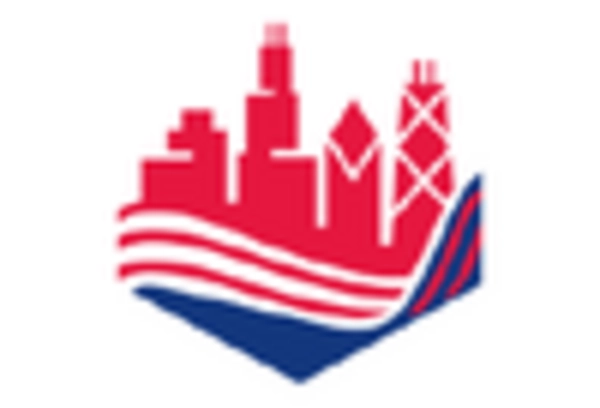

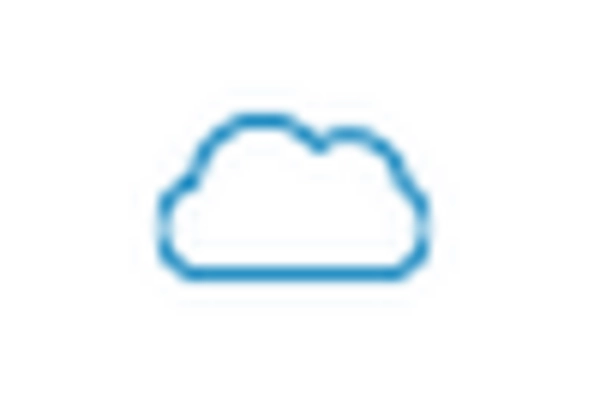
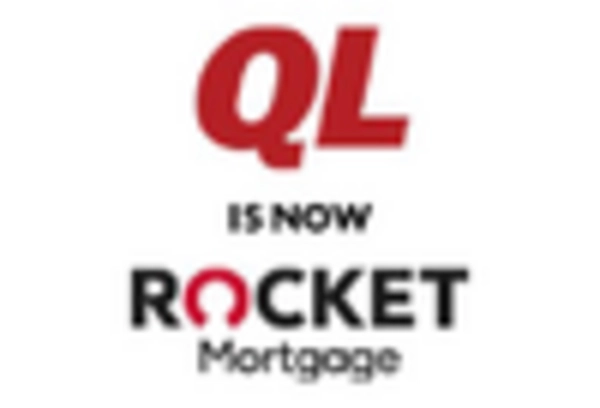
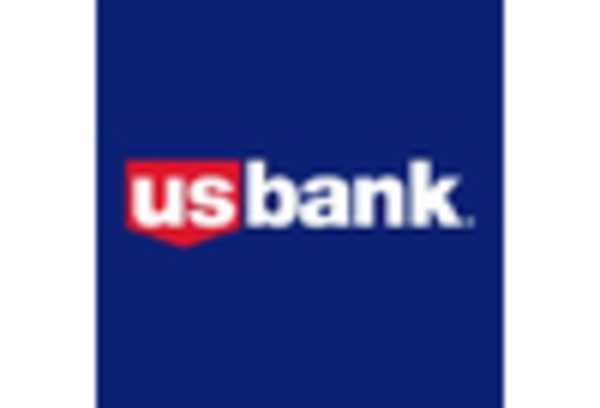
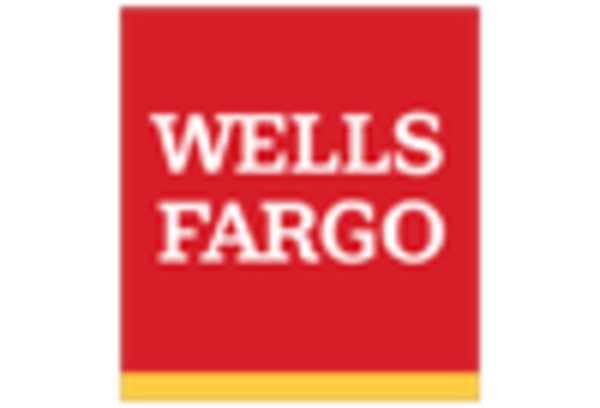








Leave a Comment